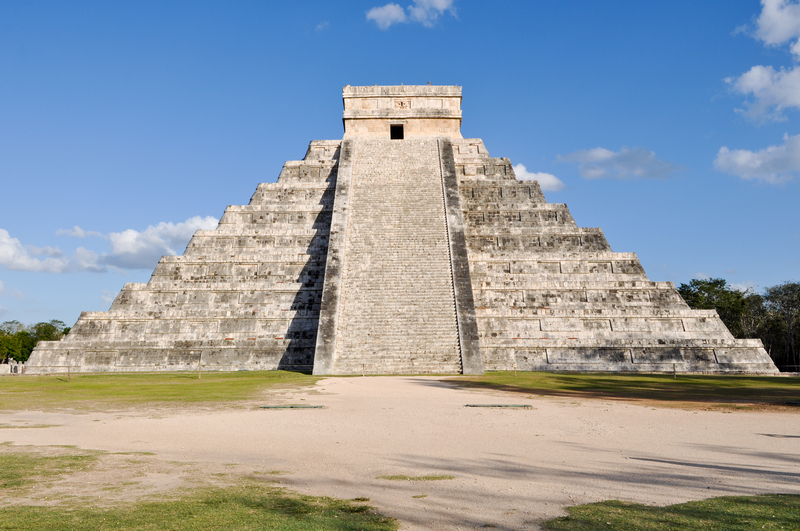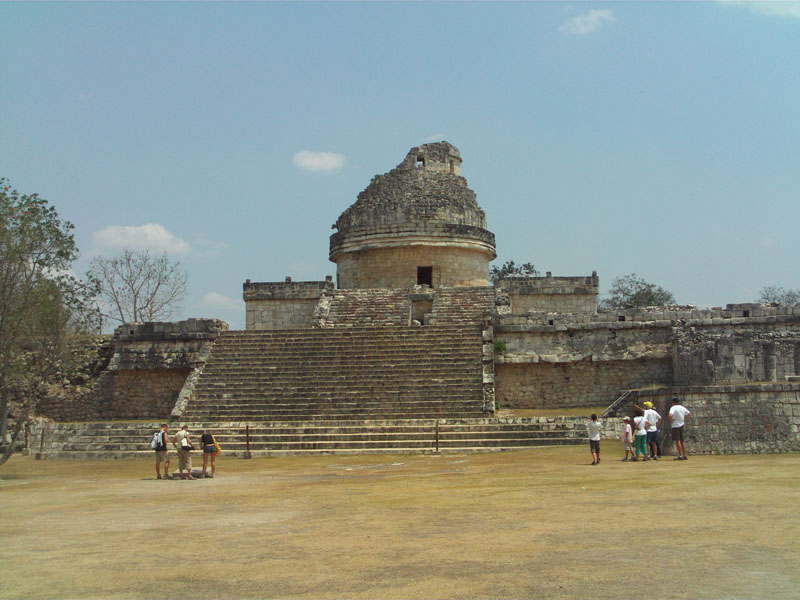Looking for the perfect Mexico Beach for your next vacation? From stunning sunsets overlooking the glistening Pacific Ocean to the gentle breezes and tranquility of the Caribbean Sea, Mexico offers a wealth of exceptional beaches to explore along these breathtaking coastlines.
Cancun |
With its long stretch of powdery white beach and brilliant Caribbean waters lapping at the shore, Cancun provides a vibrant destination for watersport enthusiasts. Situated on the east shore, Playa Bellenas, Playa Marlin and Chac Mool offer ideal conditions for parasailing, sailboarding and volleyball. The beaches of Punta Nizuc and Playa Delfines are well-known for their extraordinary views and excellent sunbathing and surfing conditions. Most Cancun beaches provide lifeguards, and a fine variety of restaurants, shops and markets as well as hotels such as the Marriott hotel in Cancun can be found nearby. |
Playa del Carmen |
Home to a variety of exceptional beaches such as Mamitas Beach, Zubul Beach and Coco Beach, Playa del Carmen in known for its white sand, typically warm Caribbean waters and limestone accents. Visitors can experience a variety of watersports or charter a fishing boat at the local marina. Dolphin, manatee and sea lion programs allow tourists to spend time with these fascinating animals up close. Known as Playa del Carmen’s energetic promenade, La Quinta Avenida runs along the ocean and features a variety of restaurants, shops and hotels. |
Cozumel |
Those in search of exceptional scuba diving and snorkeling conditions can take the local ferry from Playa del Carmen to Cozumel. Scuba diving and snorkeling tours are an enjoyable way to experience the beauty of Cozumel. With its long stretch of white sand, Playa Casitas is a relaxing getaway that features palapas for shade, gentle waters for swimming and an authentic Cozumel experience. Known for its excellent watersport conditions, Palancar Beach is a fabulous destination for kayaking, diving and sailing. |
Puerto Vallarta |
With breathtaking beaches, rivers and the Sierra Madre mountain range, Puerto Vallarta is an exceptional destination for nature enthusiasts. Circled by rocks, Playa de Oro features a bay that is perfect for swimming, waterskiing and parasailing. Situated near the mountains, Mismaloya Beach puts on a stunning display of flowers and birds during the rainy season. Los Muertos Beach is ideal for family outings and romantic strolls at sunset. In addition to stunning views of the Pacific Ocean, Puerto Vallarta beaches are conveniently located near a variety of gourmet restaurants, boutiques and galleries and the Marriott hotel in Puerto Vallarta. |
Mazatlan |
Mazatlan offers a pleasing blend of both secluded and active beaches that feature typically warm waters and 16 miles of extraordinary coastline. One of Mexico’s largest beaches, Playa Norte is known for its excellent beach fishing and fresh seafood specialties. Peaceful and relaxing, Playa Sabalos is a popular location for parasailing, waterskiing and sailing excursions in the Pacific Ocean. Referred to as the beach of big waves, Playa Olas Atlas is a favorite destination for surfers around the world. Those searching for gentler waves will find a sea pool located at the northern end of the beach. A variety of restaurants and hotels are conveniently located nearby. |









